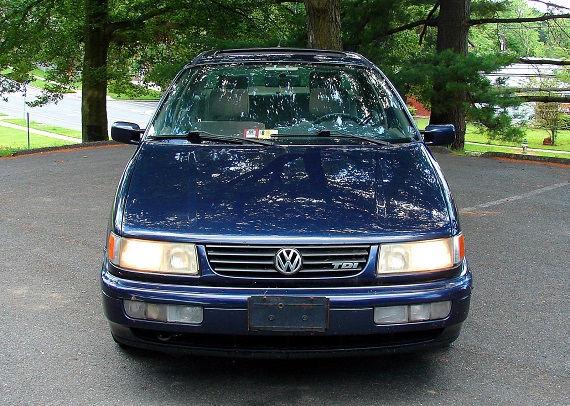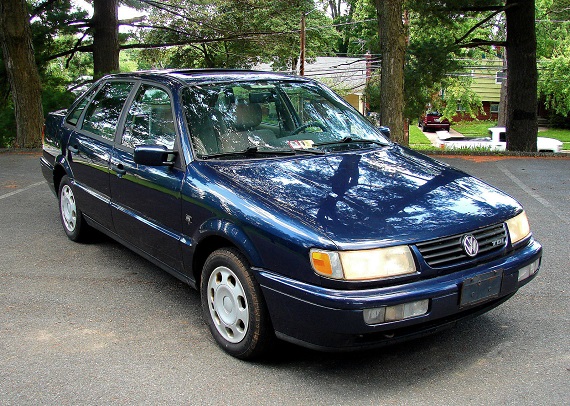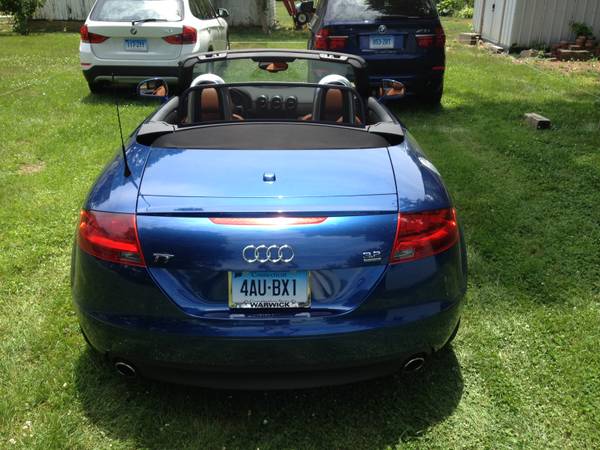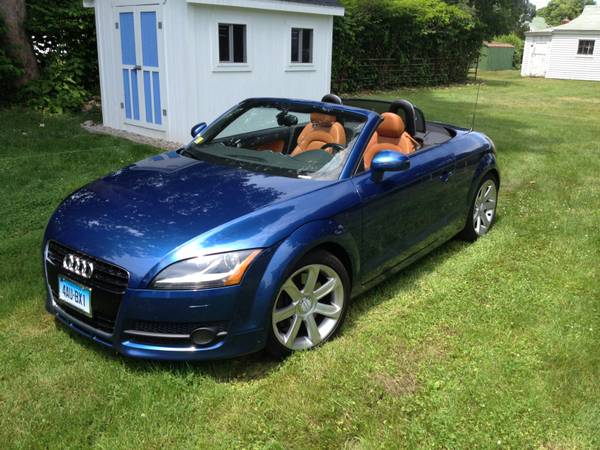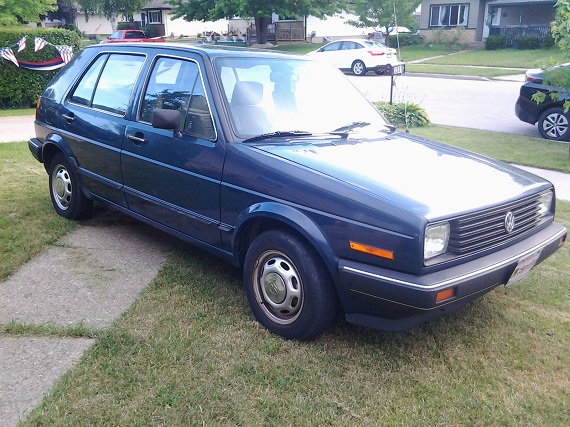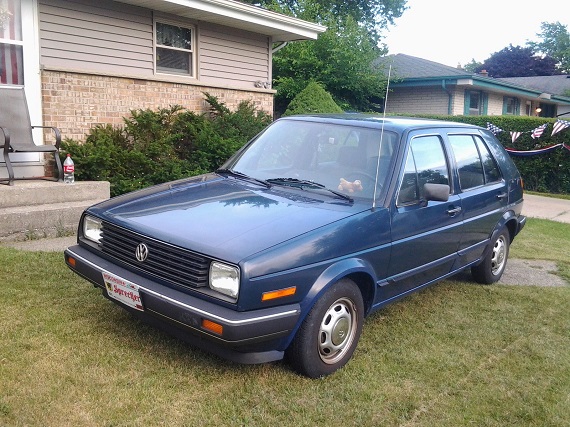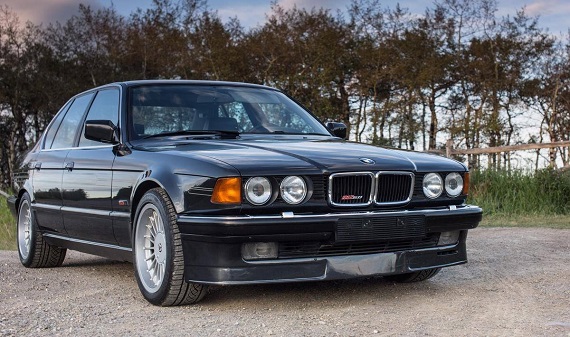Recently, I’ve been spending some time driving an Audi C6 A6 3.2 Avant. While I have a report coming on that car soon, I mention it for one reason – what happened the other day when I was filling it up. The gas light pinged on and I pulled into the station; pop the fuel door, card in, nozzle removed, then I tend to pass my time judging other people’s car choices as they fill up too. As I filled, I made my way all the way around the quite full station and had summed up the rather unhappy lives of most of the vanilla SUV drivers in my head. Suddenly, it occurred to me that I was still pumping gas. Filling the Passat generally limits my prejudice party as I run out of room at 12 gallons. The 530xi allows me to make judgements on more Kia drivers, as I’ve hit 16 and change. But I had strode past 16 with ease and the numbers were still going. Concerned, I stopped and began to look for the gas pouring out of the bottom of the car, much to the bemusement of my captive audience. Unable to locate the leak, in wonder I re-engaged the trigger and watched the number on the dial climb past 18 gallons. Now, the A6 gets pretty reasonable mileage for a big, heavy car – around 23 average, over 25-26 on the highway. And all told, if you ran it dry you’d be 21.1 gallons in the whole. That makes a real-world range of over 500 miles per a tank. Sound like a lot? It’s the type of number the B4 Passat TDi laughs at.
Especially in Variant wagon form, the B4 TDi Passats have become legendary. Equipped with the 1Z motor, they’re capable of a simply bladder-busting range. While the estimates of mileage on the car range from 30-41 mpg from the factory, real world results from some owners turn up with numbers closer to Prius-embarrassing 45 miles per a gallon. Now, if the Passat had a fuel tank the size of the A6, that would equate to a pretty large range. But they didn’t have a tank the size of the Audi – it was bigger. Much bigger. In the Variant, many owners claim 26 gallons fills their tank while some markets even had the option for a 33 gallon sump. The result is a pretty dependable 1,000 mile range and, driven very carefully, some VW TDi-faithful have gotten closer to 1,500 miles. Shocking. That means it’s pretty typical to see these TDis with multi-hundred thousand miles accrued, but that’s not the case here according to the odometer. No, this sedan – while it admittedly has a smaller tank than the wagon – has apparently traveled less than 40,000 miles. Here’s the really staggering part; at 20 years old, even going with the “conservative” 1,000 mile range, this car has only visited a gas station on average twice a year since new.
